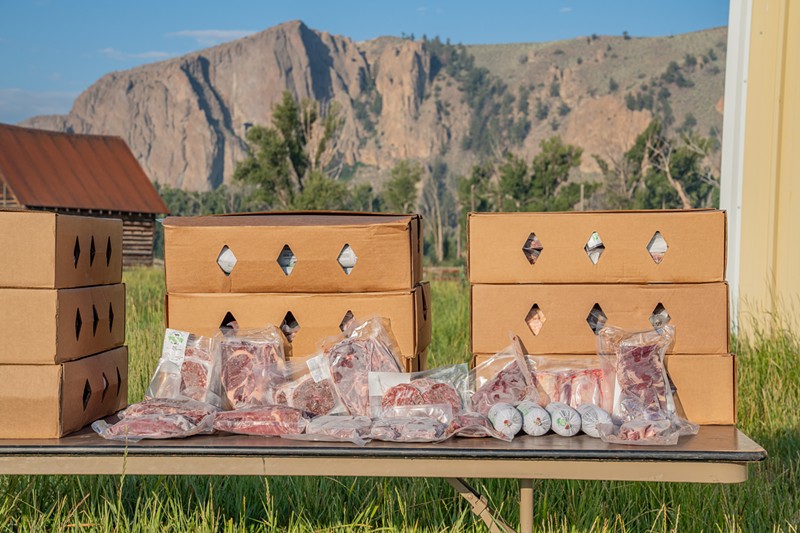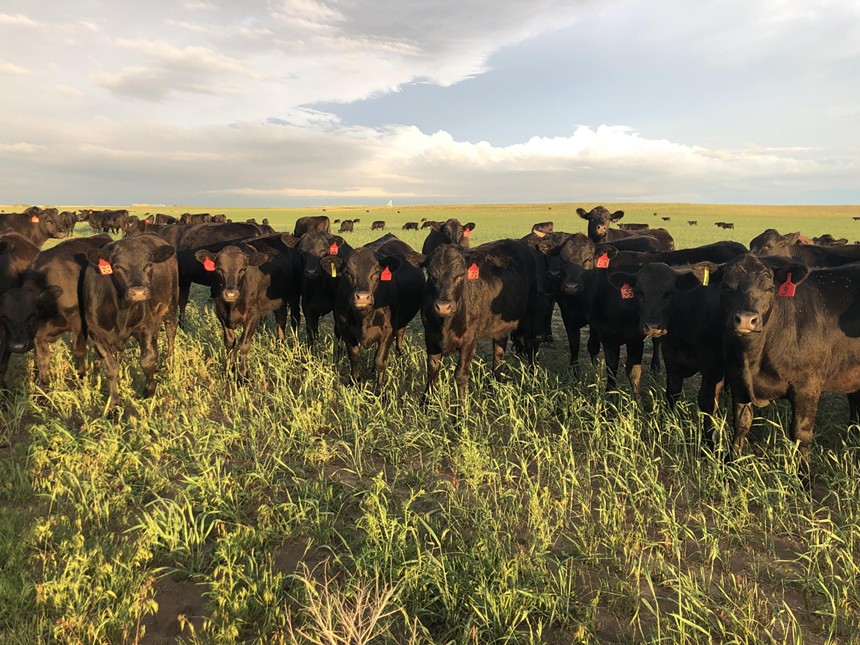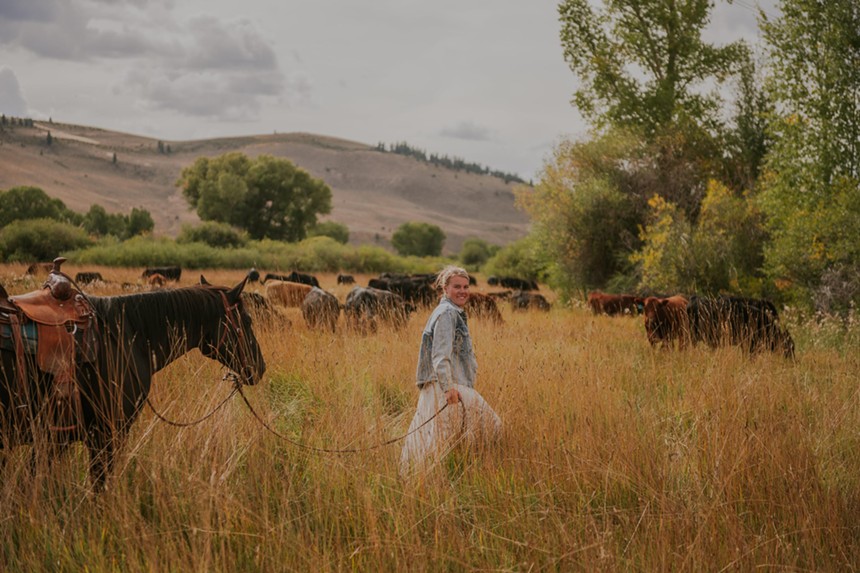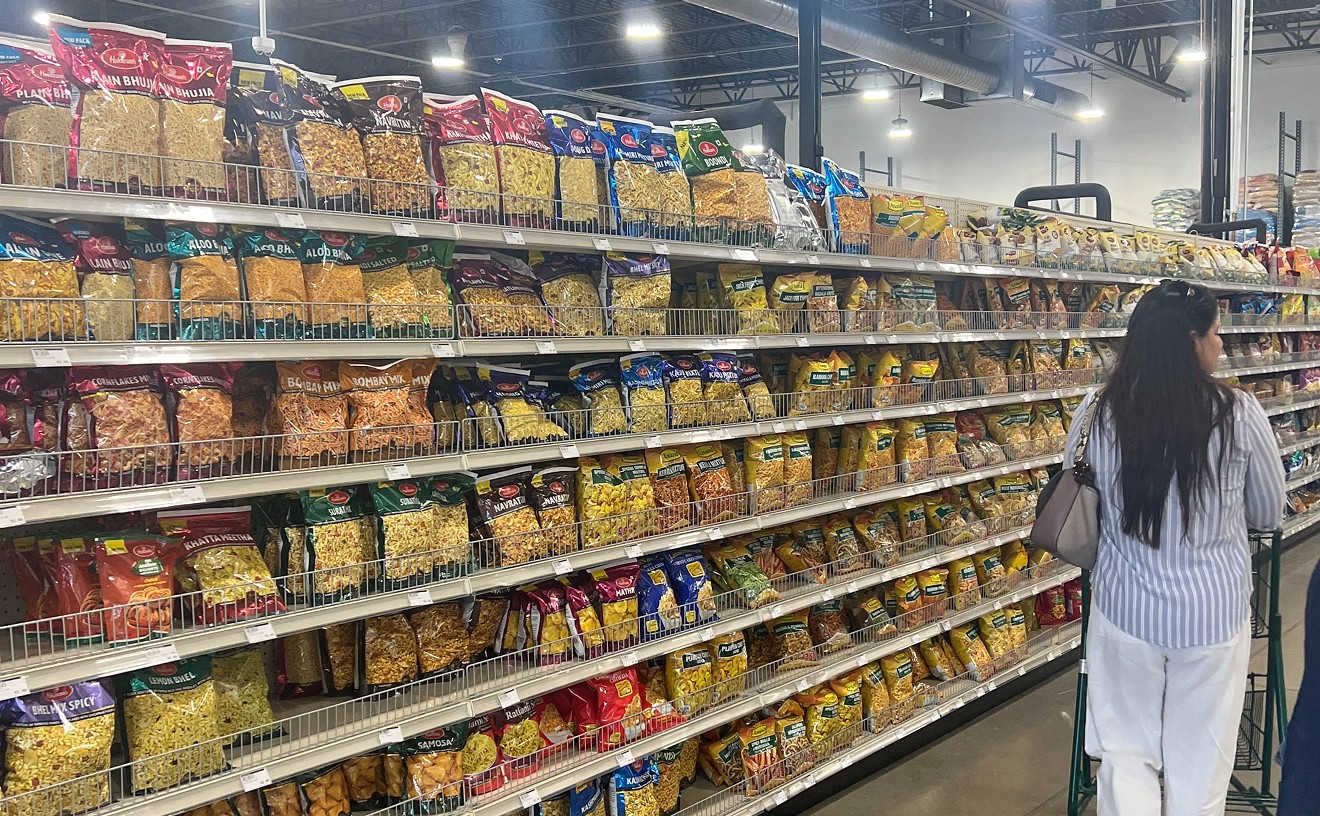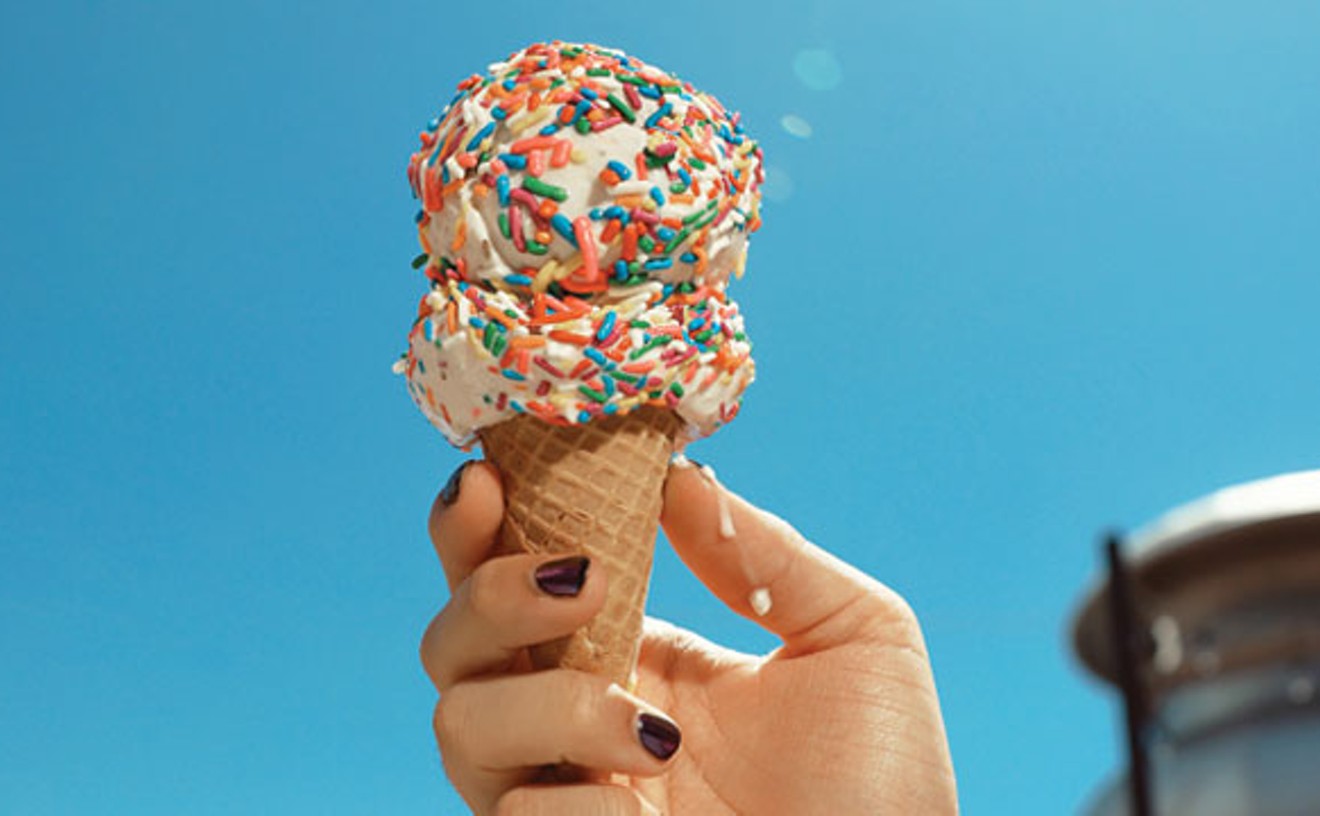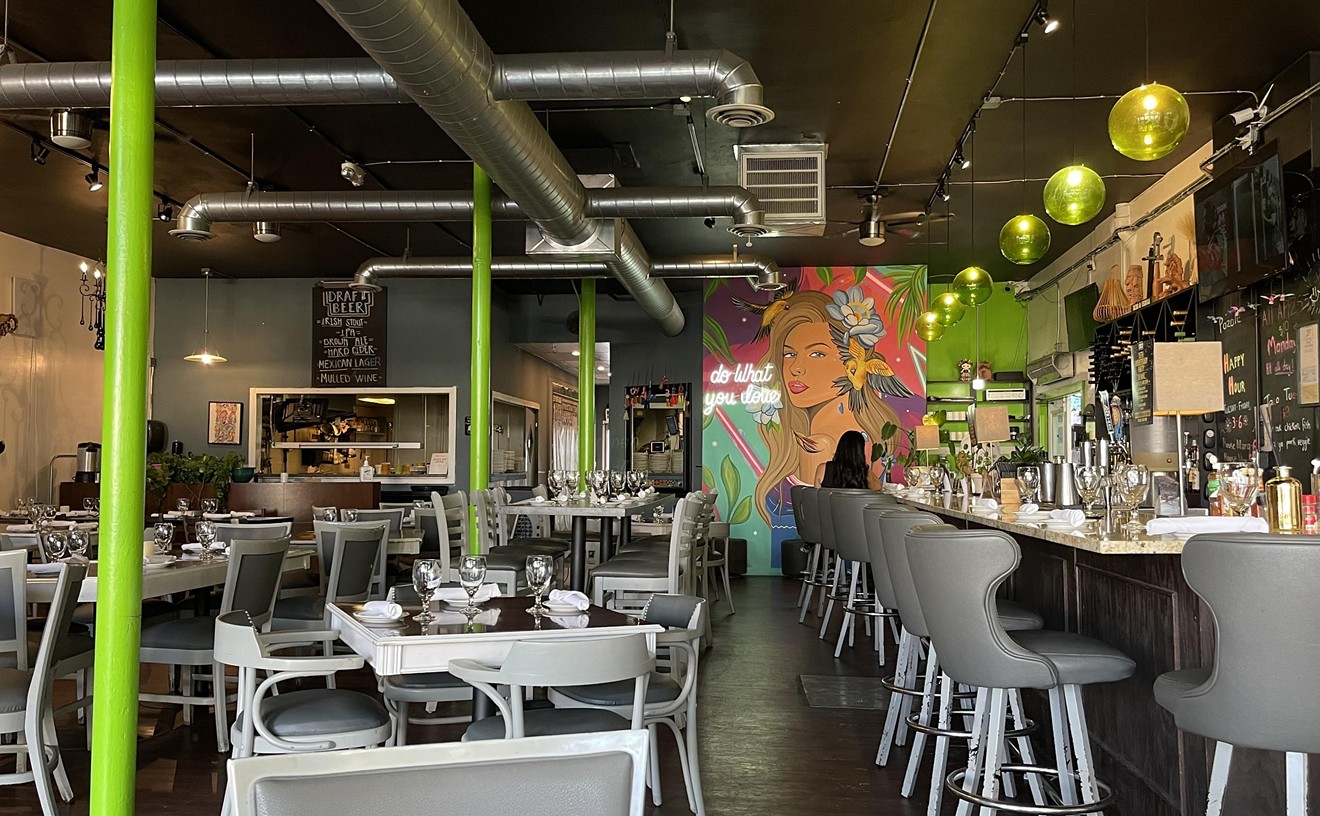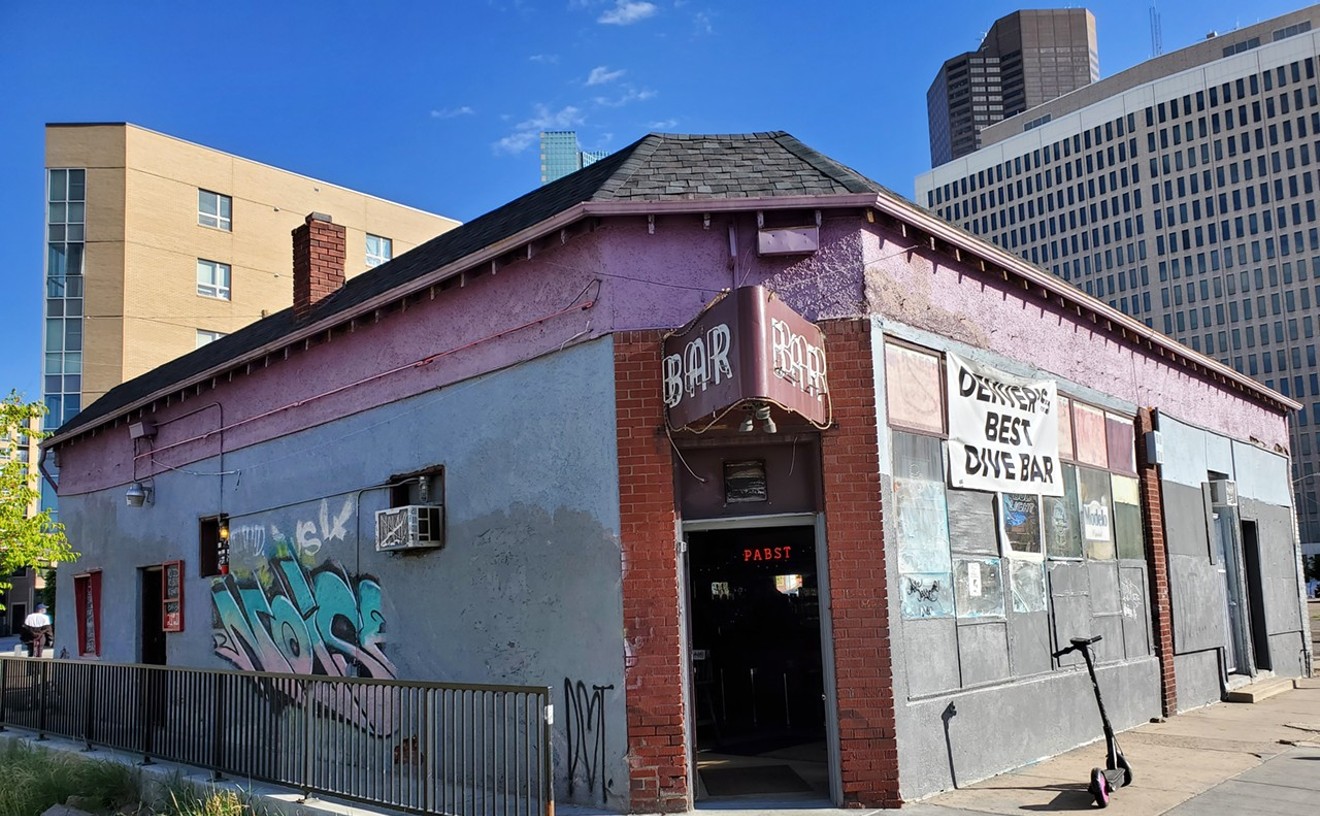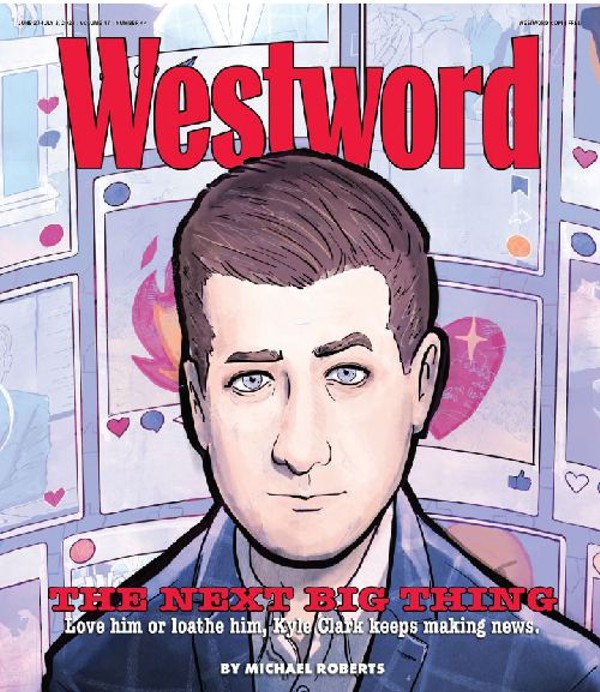Premium beef in this economy? With grocery prices still near all-time highs, buying in bulk is the way to go. There is, of course, Costco — but if you want to level up, consider going straight to the ranch and buying half a cow.
It’s not as ridiculous as it sounds. According to the Colorado Cattlemen’s Association, Colorado is home to 13,000 beef cattle producers, and a growing number of them have direct-to-consumer business models. These ranchers have found an advantage in building personal relationships with consumers by allowing them to purchase their products at a discount by cutting out the middlemen.
For Brad Buchanan, selling directly to suburban and urban Denver serves a larger mission. “There are a number of different transects in the transitions between rural places and urban places...but it’s the edges between that the potential magic and/or conflicts arise,” says the former Denver city planner-turned-owner of Flying B Bar Ranch in Strasburg and current CEO of the National Western Center. “We love to have people come out to the ranch from the city and have them learn and understand how these two very different places are inextricably linked, and that our successes are completely interdependent on each other.”
Having a closer connection to the rancher means consumers have more insight into how the cows are raised. “We are a grass-fed, grass-finished operation, and we’re an American Grassfed Association Certified Producer, so our customers know we’re focused on animal welfare and using regenerative practices everywhere on our operation. They learn that we grow all of our own hay ourselves,” Buchanan explains. “There’s no antibiotics, steroids or hormones in our animals. It’s clean beef. There’s nothing that goes into this other than grass and sunshine.”
This makes the beef healthier and more delicious than many products in grocery stores, where the beef often comes from ranchers who keep their cows in a feedlot. “They’re going to be fed a very bland diet; there’s not going to be a ton of flavor or nutrients, so the cattle can be very lean,” explains Cloe Parker, who took over the family ranching business, Parker Pastures, at age nineteen after her mother was diagnosed with cancer.
She describes the taste of grocery-store beef as gamier — closer to deer or elk. At her ranch, the “core foundation has always been cattle fed off of grass, who graze a ton of different plants so that the meat is super nutrient-dense and flavorful. ... We want our animals to have what I call a bubble butt. We want them to have fat around their tailbones that jiggles so they’re well-marbled, so that it’s flavorful, so that it’s rich in nutrients," Parker says.
Reservations for beef shares (or "bulk beef") will start closing soon, as the cattle season typically ends around late summer and early fall, so now is a time to place an order, which can be done online through the ranches' websites. It typically takes six weeks from putting down the deposit (the amount varies per ranch) to getting the beef in hand.
The first step is to determine the amount you want to buy based on how much you think you'll eat in a year. An eighth of a cow is roughly 45 pounds and costs $500 to $800. A quarter of a cow is 95 to 120 pounds and is perfect for a beef-loving couple or a family that eats beef once a week. A half of a cow is 180 to 250 pounds, enough for a family that eats beef a couple times a week; it costs $2,500 to $3,000. You could even spring for a whole cow to share with friends and family and get a whoppin’ 400 to 500 pounds for $5,000 to $6,000 and up.
The pounds and prices vary depending on the specific cow. In the industry, there are three different weights: Live is the weight of the cattle in the field; hanging is the weight after the hide, head and hooves have been removed (typically 50 to 60 percent of the live weight); and the take-home weight is the actual weight of meat you receive after it's been butchered (typically 60 to 65 percent of the hanging weight).
The average price in Colorado to purchase beef directly from a ranch ranges from $5 to $7 per pound hanging weight. For most, “the cost of the cow does not include your processing fee, which is what you would pay the butcher,” explains Katie Reardon. She and her husband started Rocking R Beef in Montrose with eight cows.
Earlier this year, they moved their ranch to Nebraska — in an area that's closer to Denver — and now it serves more Denver-based customers than when it was located in Colorado. Reardon says Rocking R Beef used to offer customers one set price for cows, but “we found that people like to choose their own cuts and have more customization on their own.”
If you order half a cow or more, that’s when you can customize your cuts. The ranches will provide a cut sheet, guide you through the process, and coordinate with the butcher on your behalf. “The standard is going to be New York strip steaks and ribeye sirloin steaks, ground beef, chuck roast, rump roast, short ribs, stew meat, fajita meat, brisket and flank steak,” Parker says. “But maybe you want a prime rib roast instead of skirt, or flank steaks or a whole brisket instead of a half. Usually people will customize for bigger cuts of certain meat.”
After your order is placed, the waiting begins. On the ranch, they’ll be fattening up your cows and picking the best time to slaughter. Most will dry-age the meat for ten to sixteen days. "That is going to break down some of the collagen in the beef, the longer they’re hung, and it’ll make your meat more tender,” explains Reardon. Then the beef is flash-frozen and vacuum-sealed.
Parker Pastures and Rocking R Beef offer delivery, but Flying B Bar Ranch is close enough that folks travel to the ranch for pickup. And there’s no need to rent a U-Haul or truck. "Even half a cow you can put it in the back seat and the trunk of a Honda Civic,” assures Buchanan. “We actually had somebody recently come pick up their quarter beef on a motorcycle.”
Storage is where it gets tricky. For half a cow, you’ll need an extra chest freezer or stand-up freezer. For a whole cow, two auxiliary freezers are often necessary.
For apartment dwellers or those without garage space who cannot store that much beef, “we have a package we call a Holy Cow box," Buchanan says. "It’s an eighth of a cow, basically, and that’ll fit in your [regular] freezer unit with room for a half-gallon of ice cream and some ice trays."
Almost every direct-to-consumer ranch will offer smaller cuts of beef for customers to try before committing to a bulk purchase. But once you do, you likely won’t go back to grocery store-bought beef. Flying B Bar Ranch says that 79 percent of its annual sales are from repeat customers buying every 12 to 24 months.
For those who have the inclination, the cash and the freezer space, this is an ideal way to enjoy premium, clean, grass-fed beef at a nice discount while supporting local ranchers.
[
{
"name": "Air - MediumRectangle - Inline Content - Mobile Display Size",
"component": "12017618",
"insertPoint": "2",
"requiredCountToDisplay": "2"
},{
"name": "Editor Picks",
"component": "17242653",
"insertPoint": "4",
"requiredCountToDisplay": "1"
},{
"name": "Inline Links",
"component": "18838239",
"insertPoint": "8th",
"startingPoint": 8,
"requiredCountToDisplay": "7",
"maxInsertions": 25
},{
"name": "Air - MediumRectangle - Combo - Inline Content",
"component": "17261320",
"insertPoint": "8th",
"startingPoint": 8,
"requiredCountToDisplay": "7",
"maxInsertions": 25
},{
"name": "Inline Links",
"component": "18838239",
"insertPoint": "8th",
"startingPoint": 12,
"requiredCountToDisplay": "11",
"maxInsertions": 25
},{
"name": "Air - Leaderboard Tower - Combo - Inline Content",
"component": "17261321",
"insertPoint": "8th",
"startingPoint": 12,
"requiredCountToDisplay": "11",
"maxInsertions": 25
}
]

